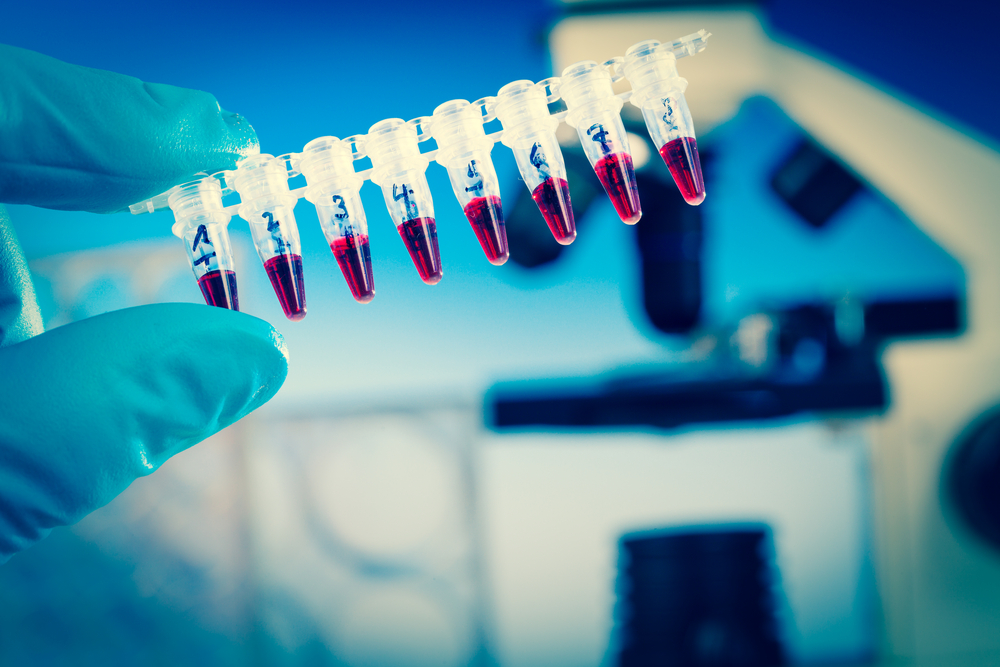Plasma protein therapeutics are biologics that are extracted and purified from human blood plasma and utilized for treating various rare and complex diseases. These products serve as life-saving treatments for millions of patients worldwide. However, the global plasma protein therapeutics market has been facing disruptions and changes in recent years due to various regulatory, economic and supply chain factors. This article analyzes the current status and future outlook of the plasma protein therapeutics market across the world.
The Global Plasma Protein Therapeutic Market Demand size is expected to reach US$ 46.49 Bn by 2030, from US$ 29.97 Bn in 2024, exhibiting a CAGR of 6.5% during the forecast period.
Albumin – The cornerstone of plasma protein therapeutics
Albumin, extracted from human plasma, is one of the most abundant plasma proteins in the circulatory system. It helps maintain colloid osmotic pressure in blood vessels and also transports various molecules like hormones, fatty acids and drugs throughout the body. Albumin products like human albumin and recombinant human albumin have been safely used for over fifty years in indications like hypovolemia, liver diseases, burns and more. Albumin constitutes over one-third of the global plasma protein therapeutics market by value. However, due to their widespread usage, albumin supplies have faced shortages in the past decade affecting millions of patients globally. This highlights the importance as well as vulnerabilities of plasma protein supply chains.
Immunoglobulins – Maintaining global access and affordability
Immunoglobulin therapy, primarily in the forms of intravenous immunoglobulin (IVIG) and subcutaneous immunoglobulin (SCIG), relies on purified immunoglobulins G (IgG) from pooled plasma to treat numerous primary and secondary immunodeficiencies. Overall, immunoglobulins represent the highest revenue segment of the plasma protein therapeutics industry. However, in recent years, rising prices and limited accessibility have hampered optimal patient care for many. Sustaining an adequate plasma supply while ensuring equitable global access and affordability remains a challenge. Regulatory hurdles also impact the entry of competitive products. Overall, the immunoglobulins market dynamics requires collaborative efforts from industry, regulators and payors to balance commercial and patient interests.
Coagulation Factors – Gene therapy and prophylactic advancements
Plasma-derived and recombinant coagulation factors like Factor VIII and IX are vital for treating hemophilia, a rare bleeding disorder. Rising consumption in developing countries along with improved prophylactic protocols have increased the demand for coagulation factors. Additionally, promising gene therapies also offer hope of a potential cure for hemophilia patients. However, high drug prices continue limiting access in low-income regions. Meanwhile, the entry of extended half-life recombinant factors has significantly improved treatment outcomes. Overall, the sector has transformed remarkably over the past few decades but greater accessibility globally is still needed.
Emerging therapies – Substitutes, novel plasma fractions and more
Novel plasma fractionation methods have enabled the production of emerging specialized plasma proteins like plasma-derived alpha-1 proteinase inhibitor, antithrombin, and fibrinogen concentrates. These fill important niches for treating genetic disorders and perioperative indications. Concurrently, pharmaceutical advances have led to recombinant and hybrid molecules that substitute or extend natural plasma proteins. Exciting lab-grown alternatives to plasma fractions also point towards more sustainable solutions in the future. While promising, commercializing emerging therapies requires addressing complex manufacturing and regulatory challenges for these complex biologics. Overall, technological innovation continues reshaping the plasma protein landscape.
Plasma fractionation in middle-income markets
Plasma collection predominantly occurs in the United States and some European countries for supplying global plasma protein therapies. However, rising wages and operational costs threaten sustainability of Western collection centers. This has accelerated the expansion of fractionation capacity to middle-income markets like China, Mexico, and Central/Eastern Europe. Recent regulatory approvals facilitate the export of plasma fractionated products from these regions to developing countries. This potentially improves future supply security at lower costs. Nevertheless, ensuring high process and quality standards remains critical considering the complexities of plasma fractionation. Overall, a diversified multi-regional supply chain network enhances supply resilience for plasma therapies worldwide.
Regulatory harmonization for global traceability and access
Patient safety remains the utmost priority for plasma regulators. However, differences in regulatory pathways across regions can delay availability and increase burden. The COVID-19 pandemic also highlighted the importance of international cooperation and standardization of plasma therapeutics. Key regulatory agencies like the FDA and EMA are now focused on harmonizing requirements and data expectations. Initiatives towards globally interconnected licensure of plasma facilities and interchangeable plasma products also aim to simplify supply networks. Overall, balanced regulatory modernization through global stakeholder collaboration benefits both quality and access goals.
The plasma protein therapeutics industry has evolved remarkably over the past few decades but continues facing new economic, technical and geopolitical challenges impacting its future growth trajectory. While disruptive technologies like gene therapy hold promise, plasma-derived therapies will remain indispensable for treating many rare diseases. Sustained innovation, resilient supply chains through diversified fractionation centers, affordable access globally and harmonized regulatory standards are crucial to maintain long-term progress. collaborative efforts are needed across industrial, regulatory, non-profit and governmental realms to achieve both commercial viability and optimal patient care for plasma protein therapeutics worldwide.
*Note:
1. Source: Coherent Market Insights, Public sources, Desk research
2. We have leveraged AI tools to mine information and compile it



